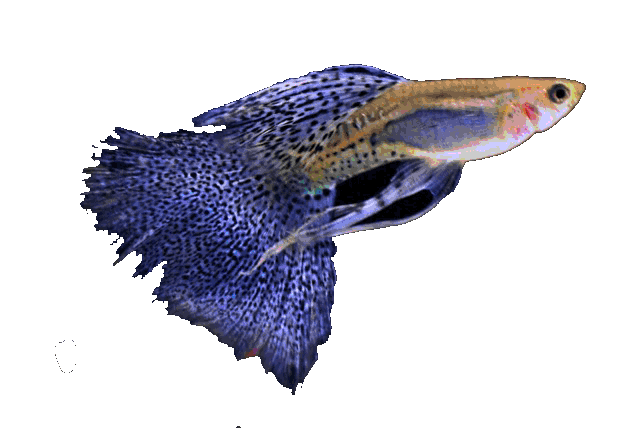



Kingdom: Animalia / animals
Trunk: Chordata / string players
Class: Chondrichthyes
Order: Myliobatiformes / sea whips
Family: Potamotrygonidae / freshwater whips
Gender: Potamotrygon
Type: Potamotrygon engine (Müller & Henle , 1841)
Potamotrygon engine Motoro whip - skate
Basic data:
Scientific name: Potamotrygon engine (Müller & Henle, 1841)
Explanation of words: Potamotrygon (potamos = river, trygon = ray)
Slovenian name: Motoro whip - stingray, freshwater stingray ..
Group: Livebirds
Source: South America: Uruguay, Parana-Paraguay, Orinoco and Amazon river basins.
Size: up to 90 cm in nature, aquarium 60 cm
Biotope / Habitat : Shallows of rivers and streams on muddy or sandy bottoms / silt
Social behavior: Predator, if not hungry, other inhabitants are safe, can be territorial, otherwise peaceful inhabitants
Diet: Fish, worms, crustaceans, tubifex, shrimp, shellfish, squid, ...
Cultivation: Difficult
Aquarium: Minimum 1700 liters (floor plan 240 * 120), height does not matter
Population: Adult couple per 2000 liters of water
Decoration: fine sand (river sand / sand), lying flat stones, cut wood
Temperature: 22-26 ° C
pH: 5-6
Hardness: from 2 to 8 ° dGh
Lifespan: up to 20 years
Cultivation
It needs a really big aquarium with as little decoration as possible, that is, a fine substrate along the bottom, some flat stone or root. Mandatory strong (5 times volume exchange per hour) and quality filtration. Recommended combination of several different filters. They need strong flow and water rich in oxygen. Protect the radiators or better yet, place them outside the aquarium to whip them does not burn. We change 20-50% of the water weekly and remove it regularly leftover food, fish they are very greedy and are major water pollutants.
Warning when handling freshwater whips - let's not browse the aquarium without gloves!
Fish they have at the end of the tail toxic sting used in self-defense.
Everybody 3-6 months discard old sting (replace it with a new one), which must be carefully removed from the aquarium.
In case of a puncture, seek medical attention immediately.
Food
They are large animals and need a lot of food, we feed young fish with accessible earthworms, mussels and crustaceans for adults and of course fish meat / frozen fillets.
Reproduction
Reproduction is typical of the family, they are picky while looking for a partner and we must first have a couple formed to succeed. Courtship is somewhat violent and the male must be smaller than the female so as not to harm her. Childbirth occurs after nine to twelve weeks, while the female's appetite is greatly increased. They do not usually eat offspring, but it is still better to remove the pups as they are only predators. The female gives birth to 3 to 20 pups, which she carries for 9 to 12 weeks. Newborn puppies have nourishing sacs which they consume within a week, after which we take care of sufficient amounts of small live food. They grow fast and eat a lot, not forgetting to change the water. Water is also changed immediately after birth. Read more here .
Interesting
The fish is from the order of sharks (Myliobatiformes) and is related to the shark. They are the only family that inhabits freshwater.
The fish has a mixture of chemicals in the jelly at the end of the tail that cause severe pain and tissue breakdown (necrosis).
Signs for healthy fish:
1. she is always hungry
2. at the beginning of the tail has adipose tissue.
If the edges of the disc are squeaky, something is seriously wrong (fungal or bacterial infection).
If fish get sick, keep in mind that they do not tolerate commercial drugs well.
Freshwater whips are part of the only group of Elasmobranchs (Chondrichthyes subclass, known as cartilaginous, which includes sharks, sawflies, rays, skates, ...), which has developed into a pure freshwater habitat. Like other whips and skates, they have developed specialized breathing apparatus that allows them to breathe while lying under or on basis (The mouth and gills are on the underside of the fish, so they cannot be used when the fish is dormant on the ground or buried in the sand.). Behind each eye is an opening known as spiracle (respiratory opening), through which it draws water and brings it to the gills, where oxygen is obtained.


